What Melbourne Needs to Know About the 2025 Federal Election?
Stay informed about the 2025 Federal Election in Melbourne. Explore key issues, party promises, and how suburban voters in Melton, Hawke, and McEwen could shape Australia’s future.
The 2025 Federal Election is just around the corner, and for Melbourne residents, understanding the key details is essential to ensure your voice is heard. From the date and voting locations to the rules and how the election will unfold, this guide covers everything you need to know about the Federal Election in a clear and concise way.
When Is the 2025 Federal Election?
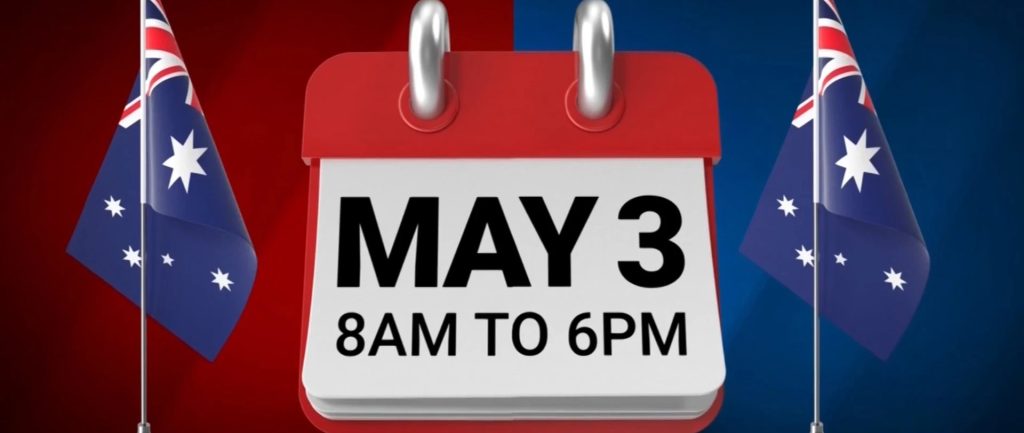
The Federal Election is scheduled for Saturday, May 3, 2025. Polling stations across Melbourne will be open from 8:00 AM to 6:00 PM. If you can’t vote on election day, don’t worry—there are options like early voting and postal voting, which we’ll cover below.
Where to Vote in Melbourne
The Federal Election venues will be established at local public locations including schools, community halls and churches throughout Melbourne. The Australian Electoral Commission (AEC) website (aec.gov.au) will announce the exact polling place locations before the voting date. Visitors to the AEC website can locate their nearest polling station through the tool that allows users to enter either their postcode or their suburb name.
Residents of Melbourne should verify their federal electoral division because the boundaries have shifted since the previous voting event. The boundaries of the electorate of Melbourne have changed to include South Yarra together with parts of Prahran although it no longer contains Clifton Hill as part of its area. You can verify your electorate using the AEC’s electorate finder tool.
Who Can Vote?
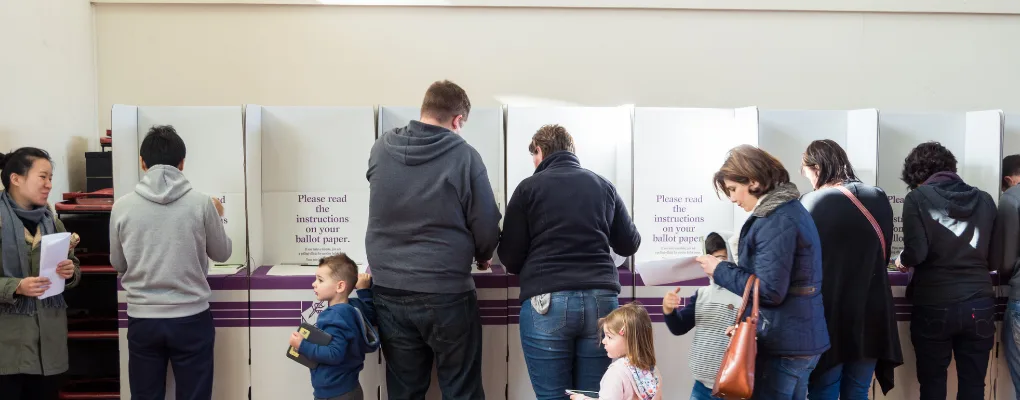
Australian citizens between 18 and older must participate in the Federal Election if they maintain a valid enrollment. The electoral roll is now closed for this election at 8:00 PM on Monday, April 7, 2025 because you must update your election details if you did not enroll or if you changed your residence since the last election. Failure to vote without proper reason leads to a $20 fine. The AEC website offers access to your enrolment status verification.
How to Vote in the Federal Election
When you arrive at a polling station, you’ll receive two ballot papers:
- House of Representatives (smaller ballot): This elects your local member of parliament (MP) for your electorate, such as Melbourne, Higgins, or Kooyong. You must number every box in order of preference (e.g., 1 for your first choice, 2 for your second, etc.). Missing or repeating numbers could make your vote invalid.
- Senate (larger ballot): This elects senators to represent Victoria in the upper house. You have two options:
- Above the line: Number at least six boxes for parties or groups in order of preference.
- Below the line: Number at least 12 boxes for individual candidates in order of preference.
Melbourne’s ballot papers can be large due to the number of candidates, so take your time to avoid mistakes. Around 5% of votes are deemed “informal” (invalid) due to errors like skipping numbers or not filling in all required boxes.

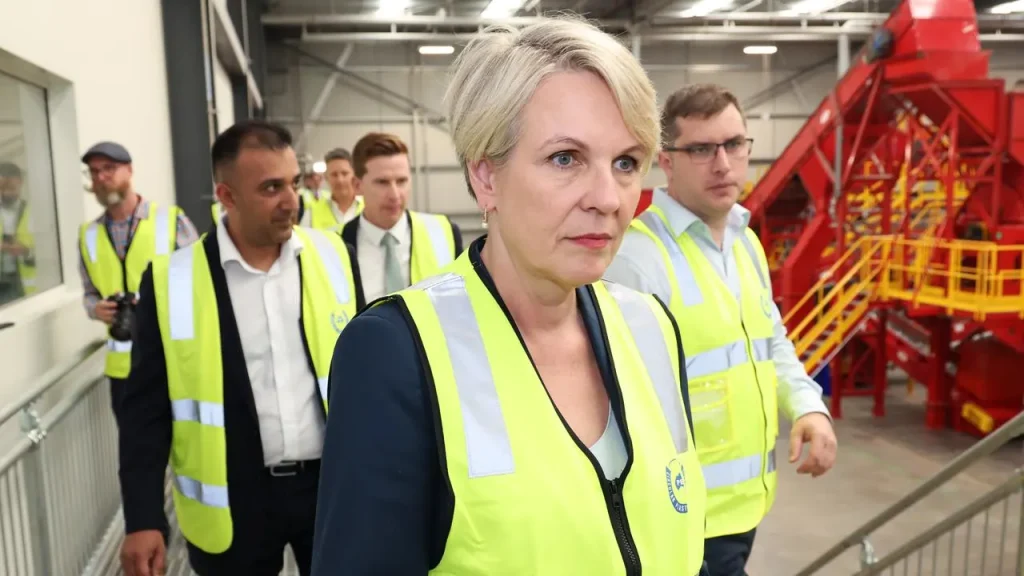
Early Voting and Postal Voting
If you can’t vote on May 3, you have options:
- Early Voting: Available from Tuesday, April 22, to Friday, May 2, 2025, at over 400 early voting centres across Australia, including many in Melbourne. Check the AEC website for locations and hours, as not all centres are open daily. Note that early voting centres will be closed on Easter Monday, April 21, and Anzac Day, April 25. You can vote early if you’re more than 8 km from a polling place, outside your electorate, or have other valid reasons.
- Postal Voting: Apply through the AEC website to receive a postal vote pack. Your completed postal vote must be mailed by 6:00 PM AWST on May 3 and received by the AEC by 6:00 PM AEST on May 16, 2025, to be counted. This is a great option if you’re overseas or unable to visit a polling station.
- Overseas Voting: Melbourne residents traveling abroad can vote at Australian embassies, high commissions, or consulates. Check the AEC website for overseas voting locations. Voting is not compulsory if you’re overseas, but you should inform the AEC if you can’t vote.
- Accessibility Options: The AEC offers mobile voting for those in hospitals, aged care facilities, or remote communities, as well as phone voting for people who are blind or have low vision. Contact the AEC for details.
How the Federal Election Is Conducted
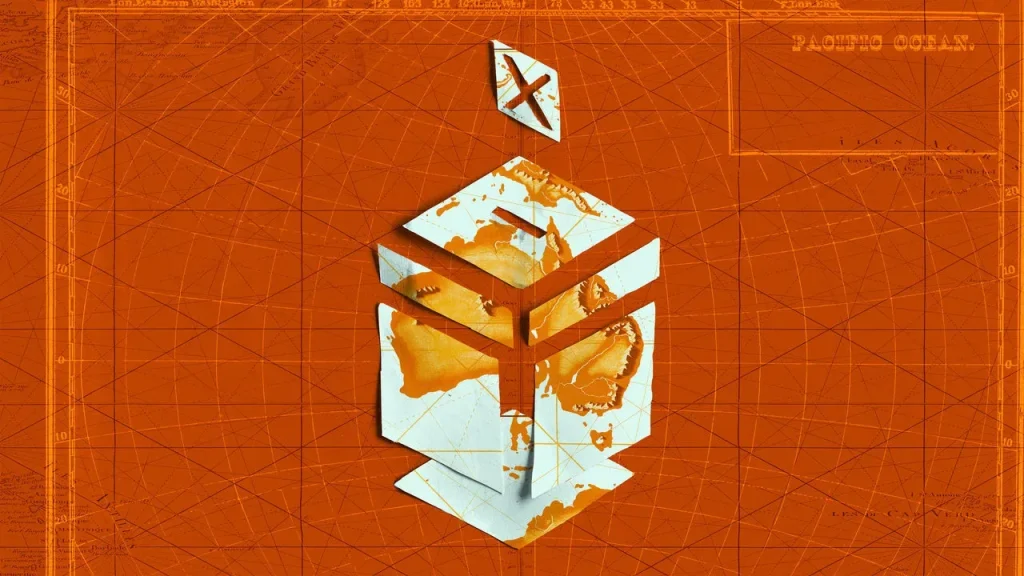
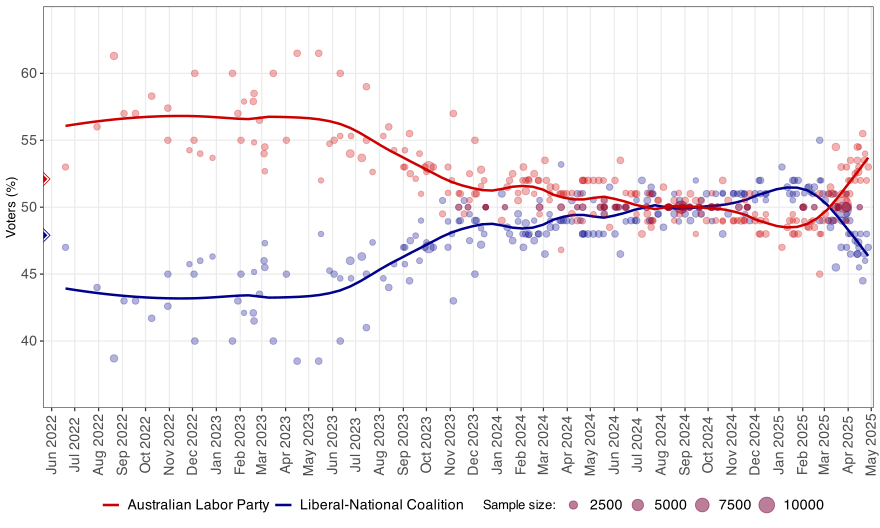
The Federal Election will elect all 150 seats in the House of Representatives and 40 of 76 seats in the Senate, forming the 48th Parliament of Australia. In Melbourne, key electorates like Melbourne (held by Greens’ Adam Bandt) and Higgins (affected by boundary changes) will be closely watched.
The election uses a preferential voting system:
- House of Representatives: Votes are counted using full preferential voting, where your preferences are redistributed until one candidate has over 50% of the vote.
- Senate: Uses proportional representation, where candidates need a quota of votes to be elected.
The Australian Electoral Commission (AEC) oversees the process, ensuring fairness and accessibility. Over 100,000 staff will work nationwide, with many roles in Melbourne, to manage polling stations and count votes.
Key Issues for Melbourne Voters
Melbourne residents are likely to focus on issues like:
- Housing Affordability: High rents and home prices are major concerns, especially for younger voters.
- Cost of Living: With inflation and interest rate pressures, parties are pitching tax cuts and energy bill relief.
- Health Services: Labor’s $8.5 billion Medicare investment and women’s health research are hot topics.
- Climate and Energy: The Greens, strong in Melbourne, push for renewables, while the Coalition emphasizes nuclear power.
Recent Election Context
The national victory in the 2022 Federal Election yielded 77 seats for Labor strategist Anthony Albanese and his party reached the required parliamentary majority to govern the nation. Adam Bandt from the Greens secured a strong victory to maintain his position as the Member for Melbourne representative. The retirement of Higgins as a Labor-held seat and district boundary adjustments might alter the electoral landscape in this vicinity. Political opinion surveys indicate Australians may result in a hung parliament which could give independent candidates along with minor parties particularly Greens Party significant influence.
Why Melbourne’s Vote Matters
The Federal Election has become a significant battleground in Melbourne since this city features mismatched inner-city Melbourne and outer suburban electoral seats. Your vote will decide if Labor keeps going with Albanese as prime minister or if the Coalition gains control through Peter Dutton or if the government becomes a minority coalition supported by either Greens or independent representatives.
Get Ready to Vote
To prepare for the Federal Election:
- Confirm your enrolment status on the AEC website.
- Find your electorate and polling location.
- Decide if you’ll vote on May 3, early, or by post.
- Research candidates and policies—check the AEC’s Tally Room or ABC’s Antony Green for insights.
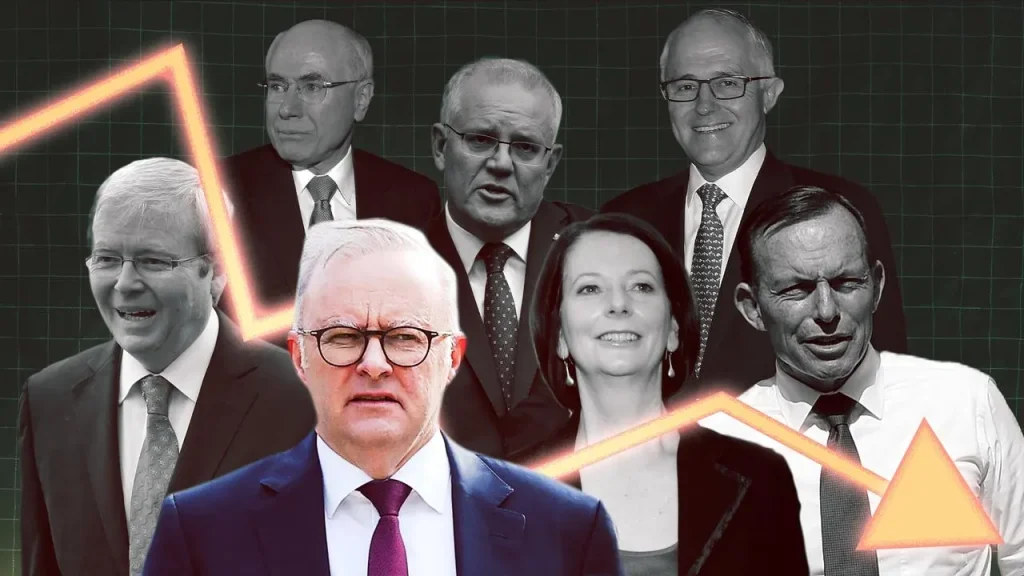
For more details, visit aec.gov.au or follow the AEC on social media for updates. Make sure your voice is heard in the 2025 Federal Election—Melbourne’s future depends on it!
Whether it’s healthcare, transport, housing, or safety that matters most to you, your decision on 3 May 2025 will help determine what kind of future Melbourne — and Australia — will have.
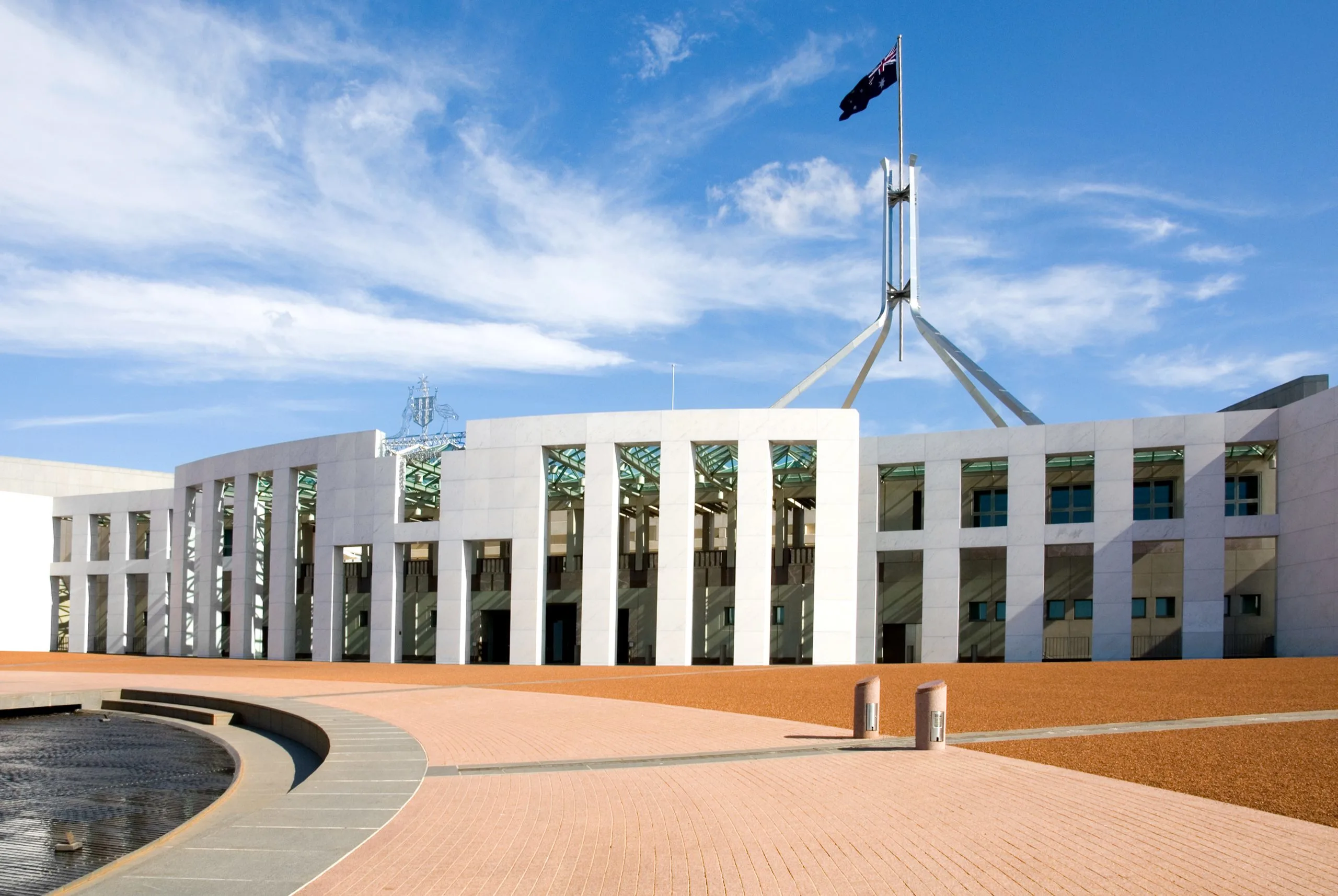
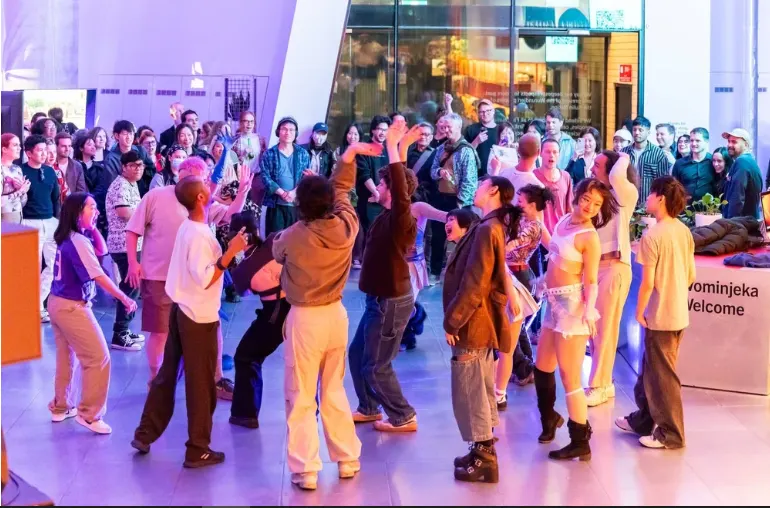
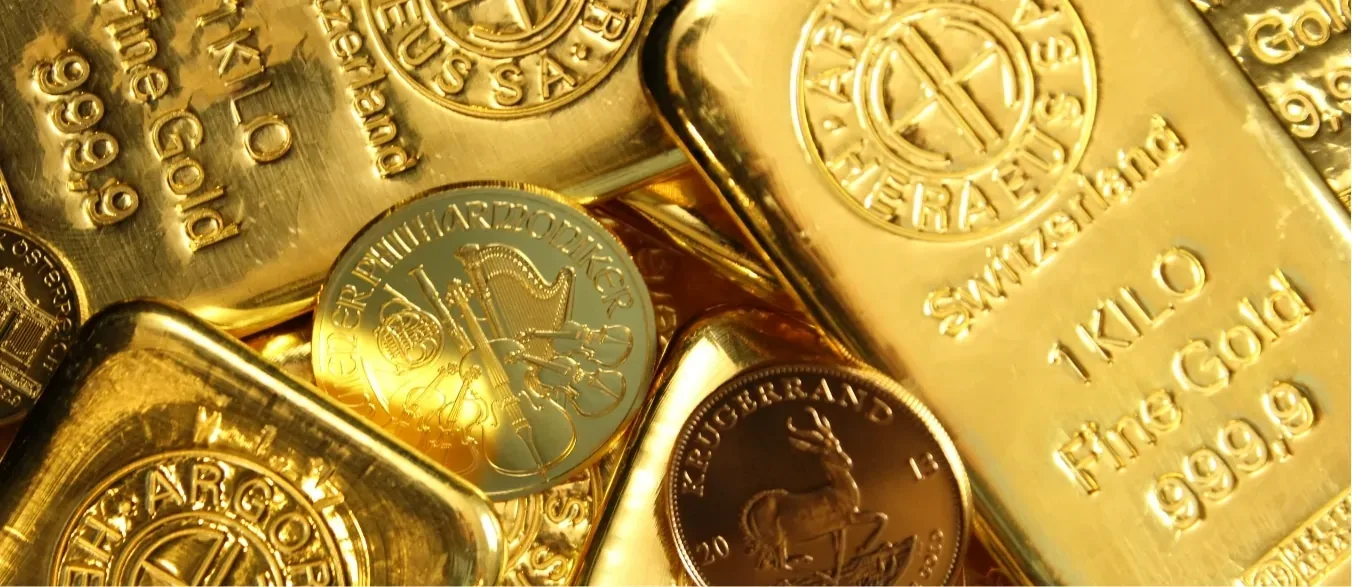



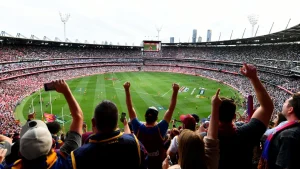



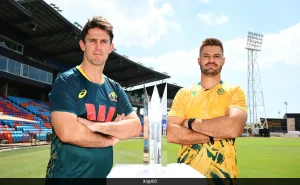



Post Comment